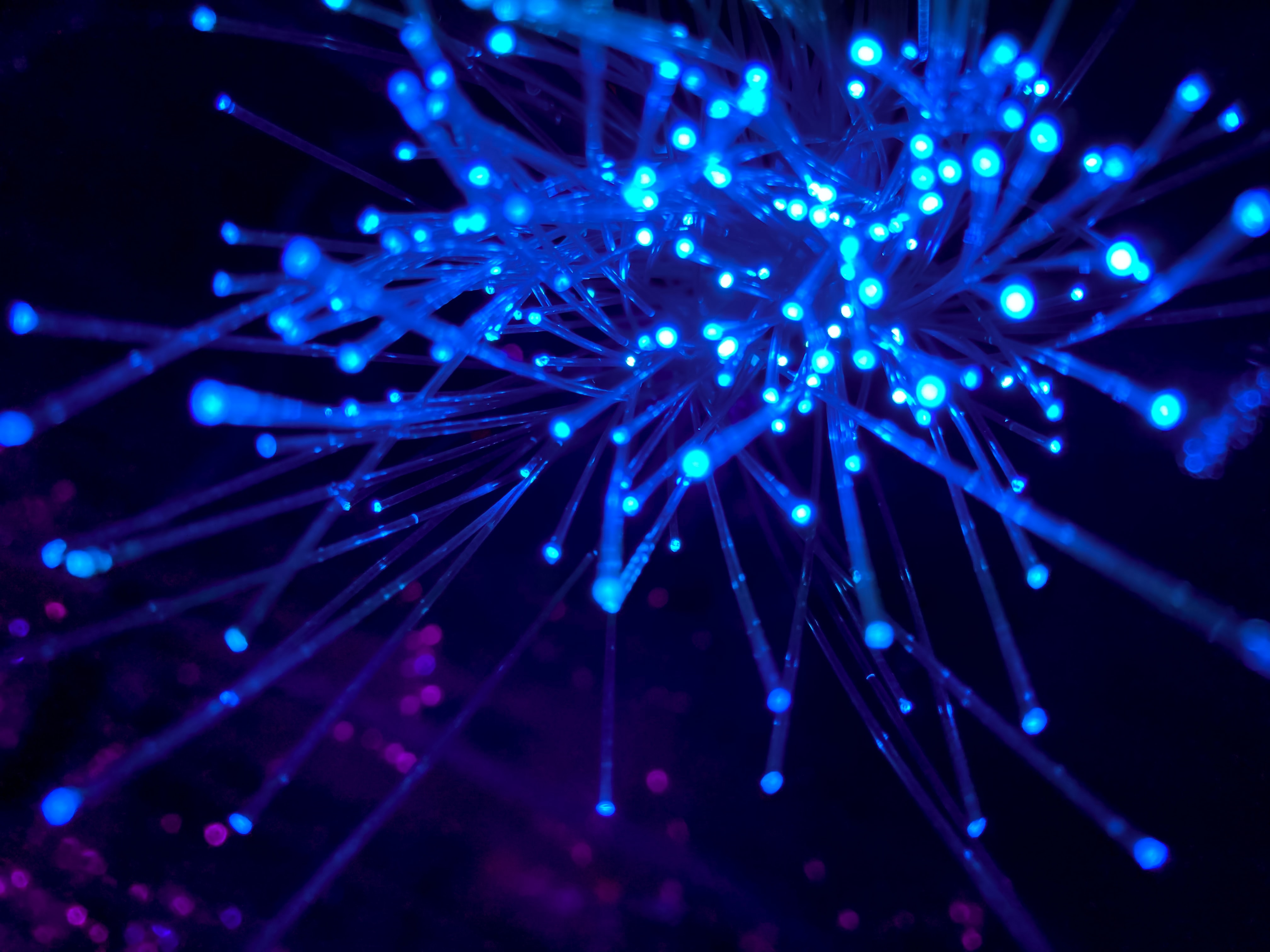Cables Blog
Fiber Optic Cable Types and Configurations
Fiber Optic Cable Connections and Configurations – SC and LC
Generally speaking, fiber optic cables work by transmitting pulses of light through ultra-thin strands of glass (or plastic in the case of newer plastic optical fibers or POFs). Depending on the type of fiber cable, the strand or strands of glass fiber will have a diameter of anywhere from five to 100 microns, much thinner than a human hair.
by Vikas Dayal • April 01, 2022
Fiber Optic Cables, Cables.com, Datacomm Cables
Fiber optic cables power so many aspects of our 21st century lives. Originally developed for surgical applications, today fiber optic cabling transmits information at the speed of light for everything from computers and telephones to automobiles and even the space shuttle. Solutions such as our 40-GB OM4 Fiber Optic Cables keep operations such as data centers and cellular base stations performing at the highest possible speeds. Speaking of speed, operating 20 times faster than its closest competitor, it’s easy to understand why fiber optics have applications across industries as diverse as data processing, telecommunications, both manufacturing and maintenance within the automotive industry, and nearly every type of engineering, just to name a few.
Fiber Optic Cable Types – Single Mode, Multimode and Plastic Optical Fiber
Generally speaking, fiber optic cables work by transmitting pulses of light through ultra-thin strands of glass (or plastic in the case of newer plastic optical fibers or POFs). Depending on the type of fiber cable, the strand or strands of glass fiber will have a diameter of anywhere from five to 100 microns, much thinner than a human hair.
- Single Mode Fiber Optic cables, also known as OS1s or OS2s use only one of these ultra-thin strands, usually just five to 10 microns in diameter. While single-mode fiber optic cables, such as our OS2 Single Mode Fiber Patch Cables, can transmit data up to 50 times faster than multimode cables, they’re limited to transmission of a single light wave at any given time, meaning lower bandwidth than their multimode counterparts. This makes them most useful for applications where high speeds are prioritized over bandwidth such as connecting buildings on a university or professional campus.
- Multi-mode fiber optic cables, available in OM1, OM2, OM3, OM4 and OM5 varieties use several fiber optic strands. The use of multiple strands allows for many more light signals to travel simultaneously through the cable. Our 10-GB OM3 Fiber Optic Cables and 40GB OM4 Fiber Optic Cables are good examples. Because multimode cables offer higher bandwidth, they make good solutions for high data traffic applications such as local area networks (LANs), and telecommunications.
- POF cables, using plastic instead of glass are far less popular, but may offer comparable performance at a lower price for some particular industry uses and applications.
Fiber Optic Cable Connections and Configurations – SC and LC
Just as important to functionality for various applications, fiber optic cables are available in a variety of configurations. Terms like LC to LC or LC to SC denote the input/output connections that the cable is appropriate for.
- A Standard Fiber Optic Connector or SC configuration is the older, original type of connector for fiber optic cables. Dating back to the early 1990s, SCs, though twice the size of their LC counterparts, have not become obsolete in the least. Their push/pull lock system means they’re easy to connect and disconnect making them ideal for audio and video applications, especially when those services need to be mobile and easily assembled and disassembled. Our SC fiber optic cables are just one example
- A Lucent Connectors or LC configuration for a fiber optic cable is half the size of an SC connector. Originally created as a replacement for SCs, LCs also differ in their latch-style lock system. Due to their smaller size, LCs are ideal for small spaces and panels requiring multiple connections such as the various types of high-volume data centers mentioned earlier.
Shop Our LC fiber optic cables here
At Cables.com, we offer just about any configuration of fiber optic cables and connection types you need in many standard lengths with custom and bulk fiber optic cables available through our unique online cable configuration tool. Accessories and fiber optic components are our specialty as well including fiber optic couplers, adapters, enclosures and more. Visit our complete line of fiber optic cables and accessories and put your project, large or small, on the path to light-speed.
Frequently Asked Fiber Optic Cable Questions:
Question: What is LC Fiber Optic Cable?
Answer: LC Stands for Lucent Connectors.
Question: What are the two types of Fiber Optic Cable?
Answer: Singlemode and Multimode - Multimode can carry multiple light rays (modes) at the same time while Singlemode carries one.
SHOP ALL FIBER OPTIC CABLES HERE











